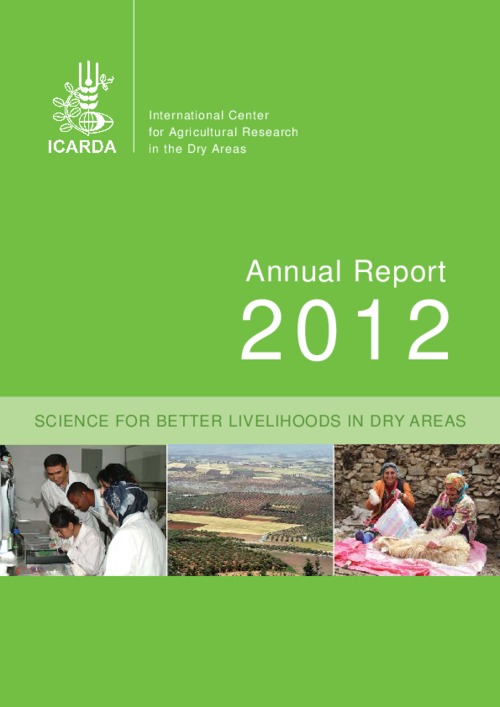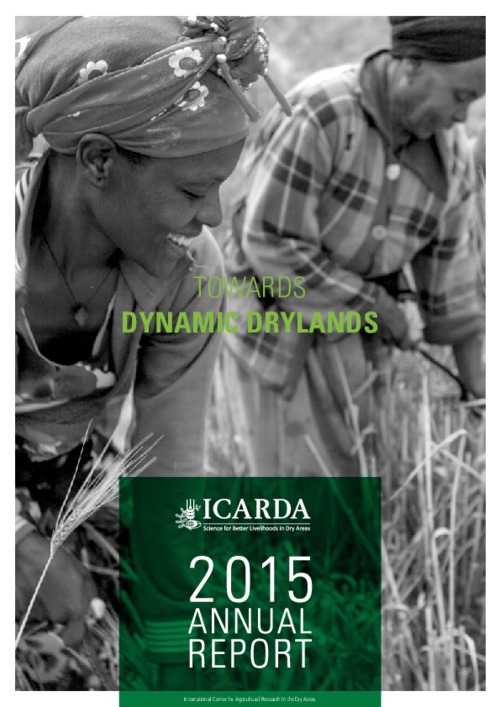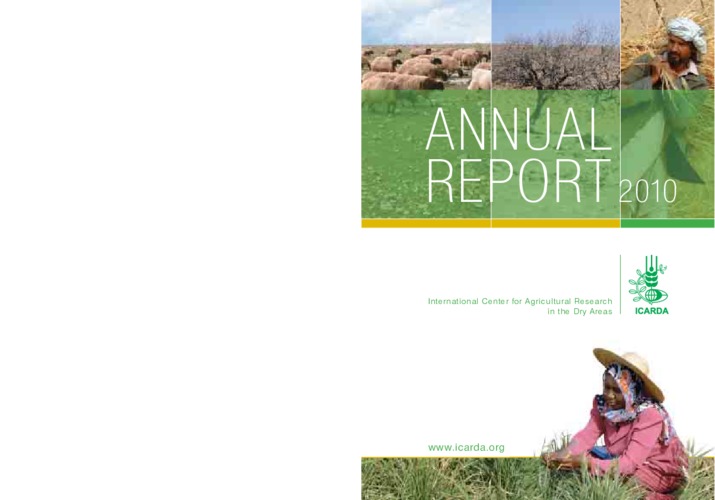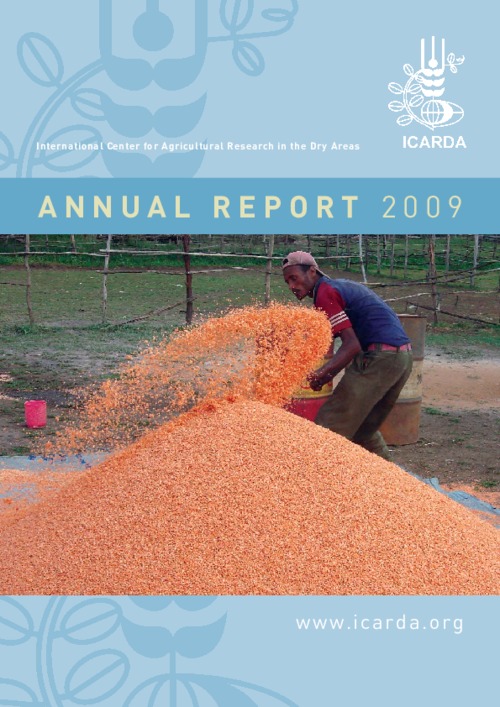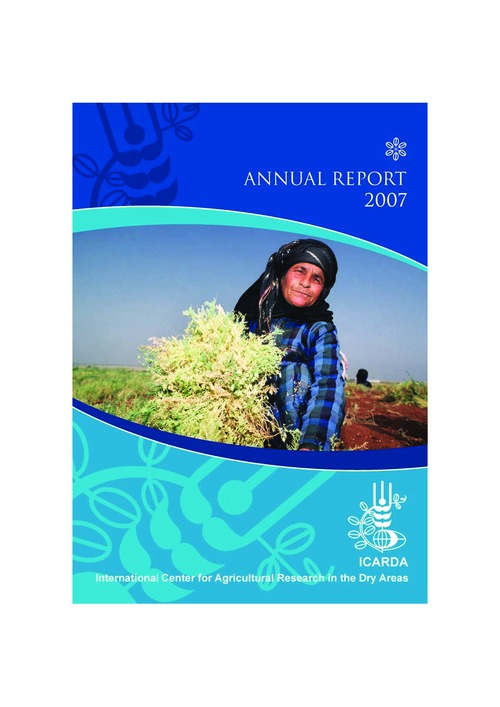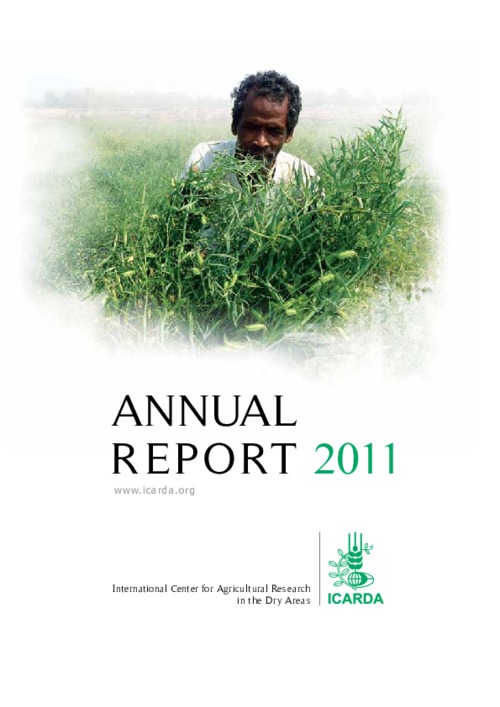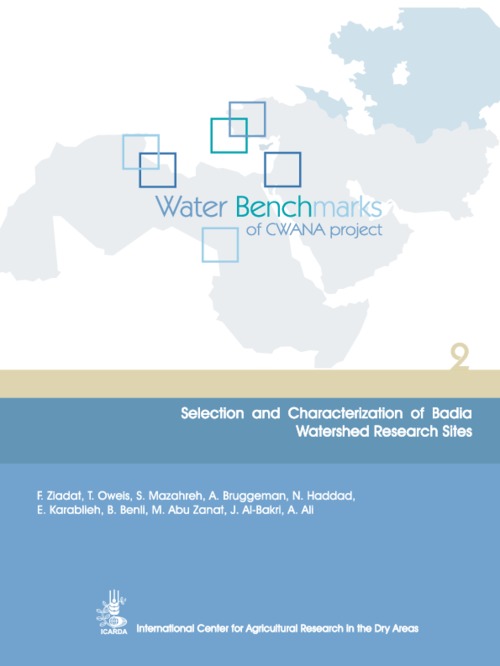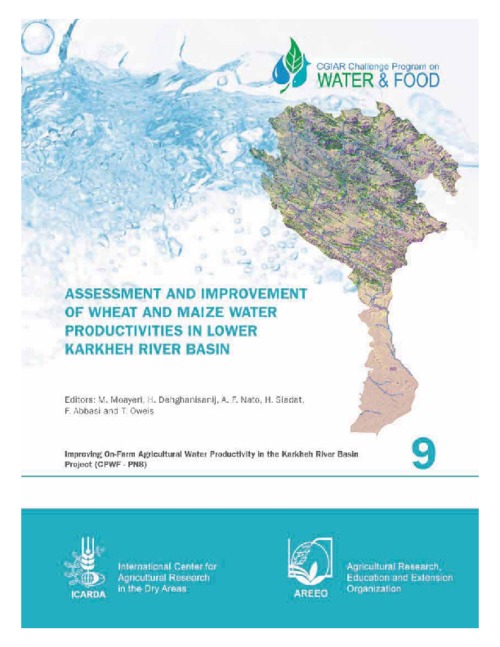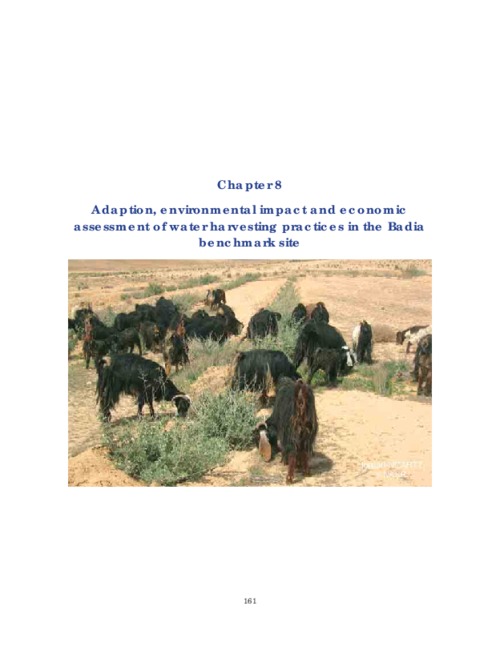ICARDA Annual Report 2012
For ICARDA, 2012 has been a time of change and evolution. We have been busy tackling the many issues of dryland agriculture and global food production against a backdrop of focusing our efforts as a force for change for people living in the world's drylands and our areas of scientific expertise.

